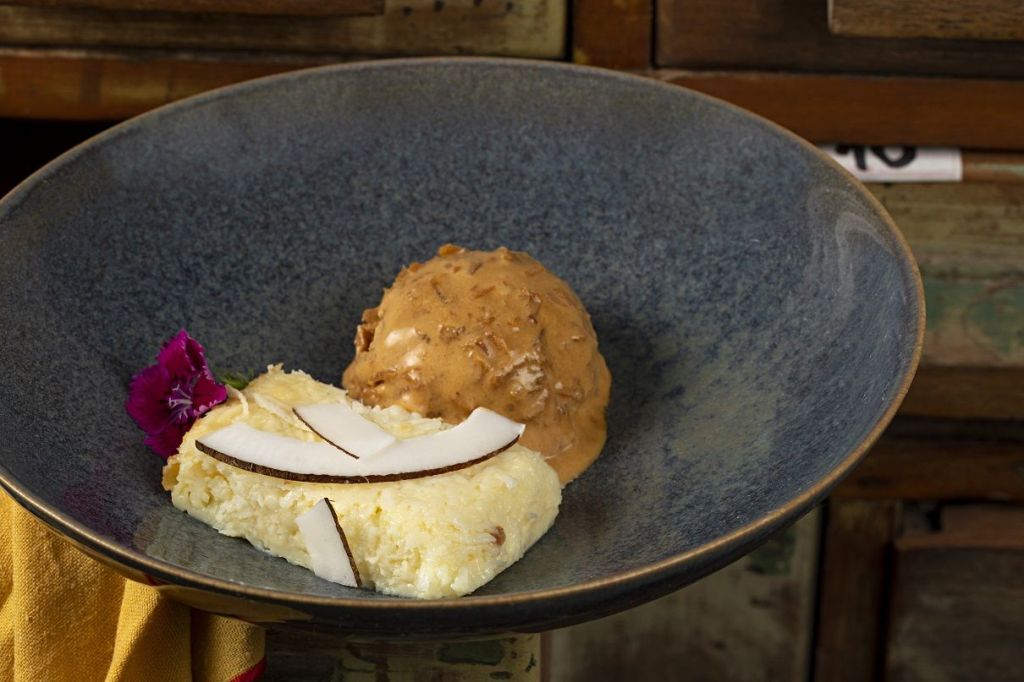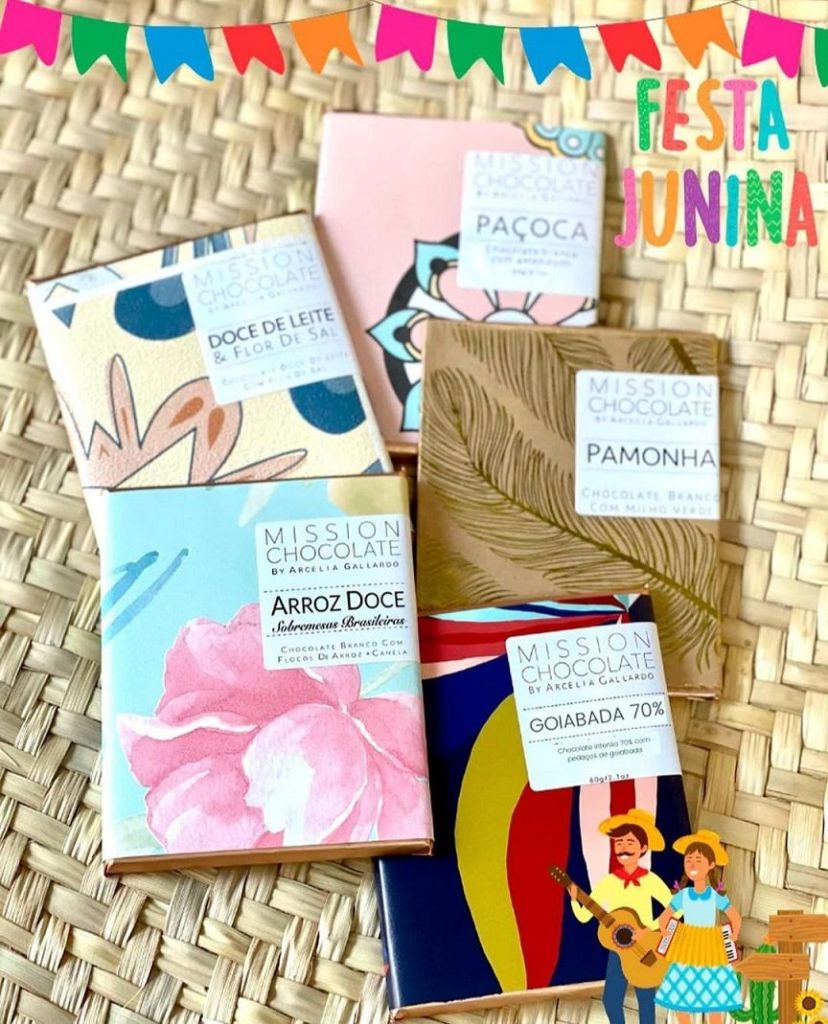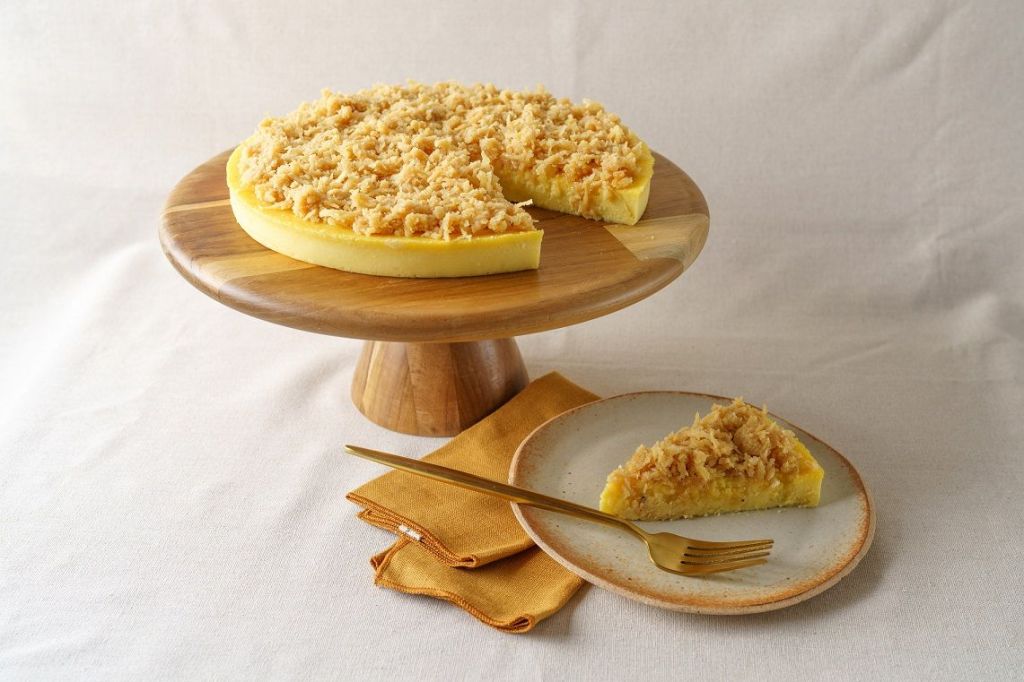It’s not just hominy, pé de moleque and sweet rice that live the June festivals in Brazil.
Born in European pagan culture as a ritual to attract good luck for the harvests that would come after the summer solstice and resignified by Christianity to honor the most popular saints, Antônio (on June 13th), João (24th) and Pedro (June 24th) 29), the commemoration was brought to Brazil through Portuguese colonizers.
On the trip, the dates were left in the month of June, but the seasonal ingredients that were originally part of the festive menu were gone.
Typical European summer fruits and vegetables had to be replaced by local products which, for obvious reasons, reach their peak in our winter. Hence corn, which is harvested at this time of year from North to South, is an almost ubiquitous presence at festivals across the country. Although often presented in different ways.
To see the variety of corn cakes, breads, popcorn, pamonhas and other preparations that appear in the stalls, sometimes even with another name. The case of sweet corn cream, which in the Southeast is known as curau and in Rio Grande do Sul is called canjica. A word that, in São Paulo, is synonymous with the recipe for corn cooked in milk.
Did you find it confusing? Well, it could get worse. The same preparation, only made with yellow corn, is served as munguzá at parties in the North and Northeast regions.
“Typical foods vary based on ingredients, culinary practices and regional nomenclatures,” explains Camila Landi, coordinator of the Gastronomy Course at Universidade Presbiteriana Mackenzie, in São Paulo, who is also a researcher in the History and Culture of Food.
“If you order paçoca, in the Northeast you will eat a savory dish with sun-dried meat or jerked beef. In the Southeast, a peanut candy. The cassava cake can be cassava cake or cassava cake”, she adds.
Other ingredients also appear frequently throughout the territory, such as coconut, rice pudding, candy apple, pumpkin jam and mulled wine, which end up inspiring many chefs and pastry chefs willing to bring a little bit of the festivities inside. of their kitchens.

Without falling into the obvious, the confectioner Fabricio Luminato created a dessert for the restaurant Brazilian chaos giving a new look to the flavors of the season.
The cocada became ice cream served with hominy whipped cream, candy apple cooked in caramel sauce and red popcorn, “a characteristic of São Paulo”. already the chef Paulo Bebeto Felipe from the restaurant …there from Petrópolis (RJ), included in the menu the coconut cocada served with homemade homemade ice cream.
the confectioner Marilia Zylbersztajn went for a creamy corn pie with cocada creamy corn pie with cocada, whose corn base has a consistency so light that it resembles a flan and is topped with a soft cocada made with burnt coconut.

And in the ice cream shop Albero del Gelati , chef Fernanda Pamplona awaits the harvest of organic peanuts from Sítio do Vovô Joaquim, in Parelheiros, to start the artisanal production of her frozen version of pé de moleque (peanut ice cream with caramel sauce). “I think about including other flavors throughout the month,” she says.
The flavors of São João have even reached artisanal chocolates through the hands of Arcelia Gallardo, responsible for the brand Mission Chocolates .

It was her idea to create a June kit with five bars inspired by typical desserts, such as paçoca (white chocolate with peanuts), pamonha (white chocolate with corn, a flavor that in 2021 received a silver medal at the International Chocolate Awards Americas) and rice pudding (white chocolate with cinnamon and rice flakes). The special box can be purchased for R$ 125.
But, in a country with continental dimensions like ours, to think that every fair would have the same mix of products is impossible.
And the regionalisms and typical dishes of each region end up also invading São João. Thus, at parties in Rio Grande do Sul it is more than expected to find a good barbecue and cucas, in addition to many dishes with pine nuts.

In the Northeast, baião de dois and bolo rotre (made with tapioca) enter the scene, as well as cold cachaça with lemon and honey, which takes the place of quentão to calm the heat.
In the North region, tacacá and maniçoba share space with board cakes, such as the black cake, made with brown sugar and peanuts.
And in the Midwest, the Paraguayan soup (which is actually a pie), the chipa, the Goiás empadão and the Chica Doida (salty version of the green corn pamonha, which can take cheese, eggplant, sausage, chicken and guariroba) can’t be missed next to bonfires and gangs on the coldest nights of the year.
Source: CNN Brasil






